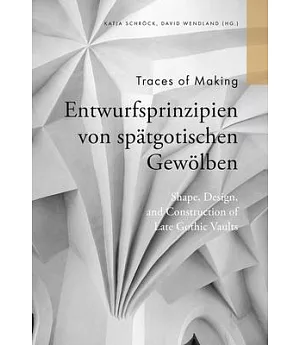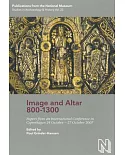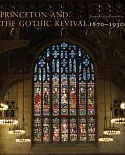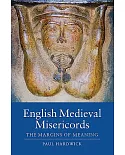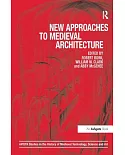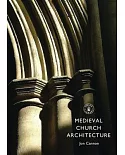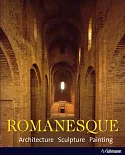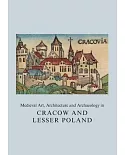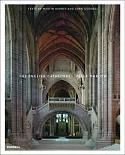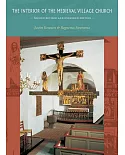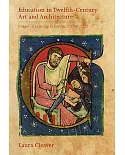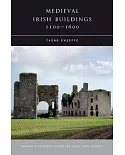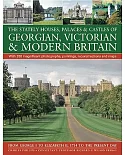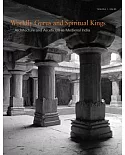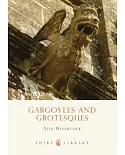In order to analyze the phenomenon of late Gothic “Cell Vaults“, it is essential to understand the building process, the characteristics of the specifications formulated in planning, and the
design criteria for these structures. On one hand, the reasons for the invention of this particular type of vaulted ceiling in the late 15th century and its spread over a large area are
usually viewed from a technological standpoint. On the other hand, the appearance of these vaults, in particular the character of their curves and surfaces, can only be described against this
background. As it happens, we have no recourse to contemporary information regarding the construction techniques or the design specifications of cell vaults. This constitutes a methodological
problem: how is it possible, starting from the existing artifact, to formulate a clear idea of not only the production of the vaults but also the decision-making and communication processes
associated with their making? Within the research project “Form, Construction and Design Principles of late Gothic Cell Vaults – ‘Reverse Engineering’ and Experimental Archaeology”, ways of
thinking about the genesis of these particular vaults are formulated.

